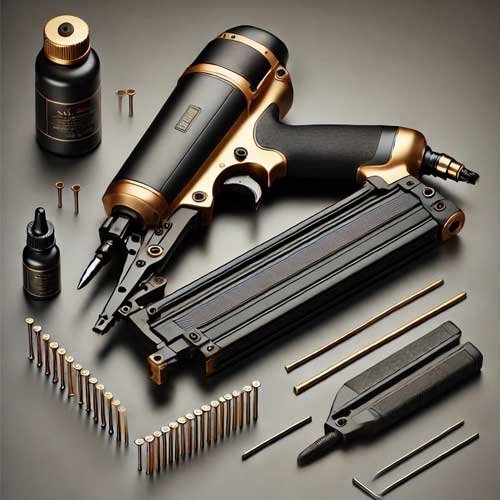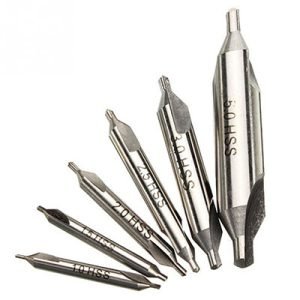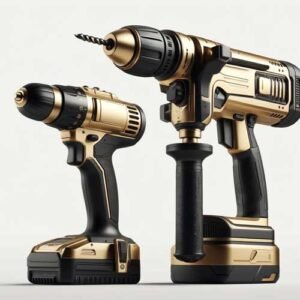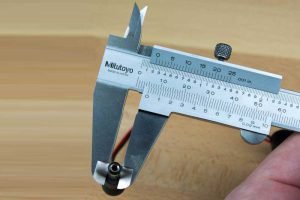Pneumatic tools, also known as air tools, are a staple in many workshops and garages due to their power, durability, and efficiency. However, despite their widespread use, many DIY enthusiasts struggle to find comprehensive information on how to maintain and troubleshoot these tools. This guide aims to fill that gap by providing an overview of pneumatic tools, their maintenance, and troubleshooting tips.
What are Pneumatic Tools?
Pneumatic tools are powered by compressed air supplied by an air compressor. They are commonly used in automotive repair, construction, woodworking, and metalworking. Examples include air drills, sanders, grinders, nail guns, and impact wrenches.
Benefits of Pneumatic Tools
| Benefit |
Description |
| Power and Efficiency |
Pneumatic tools generally offer more torque and power compared to electric tools. |
| Durability |
They tend to have a longer lifespan as they have fewer moving parts. |
| Lightweight |
These tools are often lighter, reducing user fatigue during prolonged use. |
| Cost-Effective |
Over time, pneumatic tools can be more cost-effective due to their longevity and reduced maintenance needs. |
Essential Pneumatic Tools for DIY Enthusiasts
| Tool |
Description |
| Air Compressor |
The heart of any pneumatic tool setup. Choosing the right compressor based on PSI and CFM requirements is crucial. |
| Air Impact Wrench |
Perfect for loosening and tightening bolts quickly. |
| Air Ratchet |
Ideal for working in tight spaces. |
| Air Drill |
Useful for drilling holes in various materials with precision. |
| Air Sander |
Great for surface preparation and finishing. |
What is the hammer mode on a drill?
Maintaining Your Tools
| Maintenance Task |
Description |
| Regular Lubrication |
Apply pneumatic tool oil to moving parts to reduce friction and prevent wear. |
| Check for Air Leaks |
Ensure all connections and hoses are secure to maintain optimal air pressure. |
| Drain the Air Compressor |
Regularly drain the tank to prevent moisture buildup, which can cause rust and damage. |
| Clean Filters |
Keep the air intake filter clean to ensure efficient operation. |
| Inspect Hoses |
Regularly check hoses for signs of wear or damage and replace if necessary. |
Troubleshooting Common Issues
| Issue |
Potential Causes |
Solutions |
| Loss of Power |
Air leaks, inadequate air pressure, dirty filters |
Check for air leaks, ensure adequate pressure, clean filters |
| Tool Not Running |
Improper connection, insufficient air supply, worn parts |
Verify connections, check air supply, inspect internal parts |
| Air Leaks |
Loose connections, damaged hoses or seals |
Tighten connections, replace faulty hoses and seals |
| Inconsistent Performance |
Fluctuating air pressure, clogged filters |
Maintain consistent air pressure, clean or replace filters |
Safety Tips for Using Pneumatic Tools
| Safety Tip |
Description |
| Wear Protective Gear |
Always wear safety glasses, gloves, and hearing protection. |
| Follow Manufacturer Instructions |
Adhere to the guidelines provided in the tool’s manual. |
| Secure Workpieces |
Ensure that the material you are working on is securely clamped or held in place. |
| Disconnect When Not in Use |
Always disconnect the tool from the air supply when not in use to prevent accidental operation. |
Conclusion
Pneumatic tools are invaluable for any DIY enthusiast, offering power, efficiency, and durability. By understanding how to properly maintain and troubleshoot these tools, you can ensure they remain reliable and safe for years to come. Happy crafting!
No results found.





